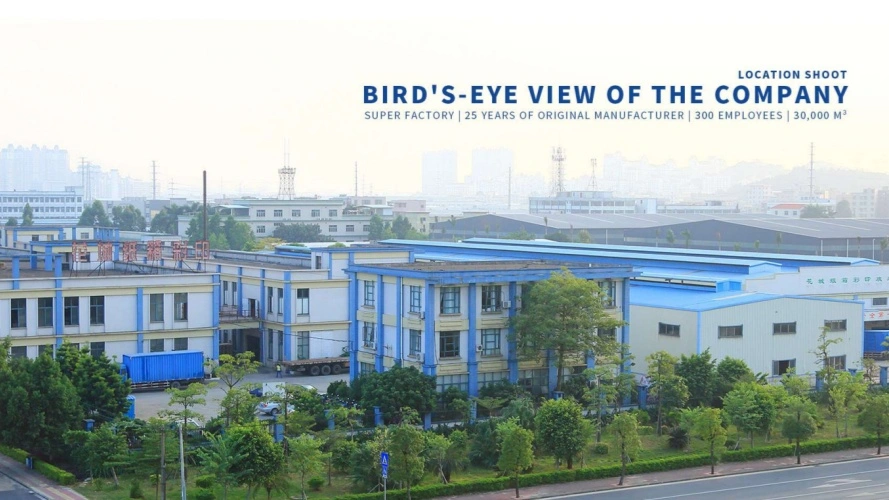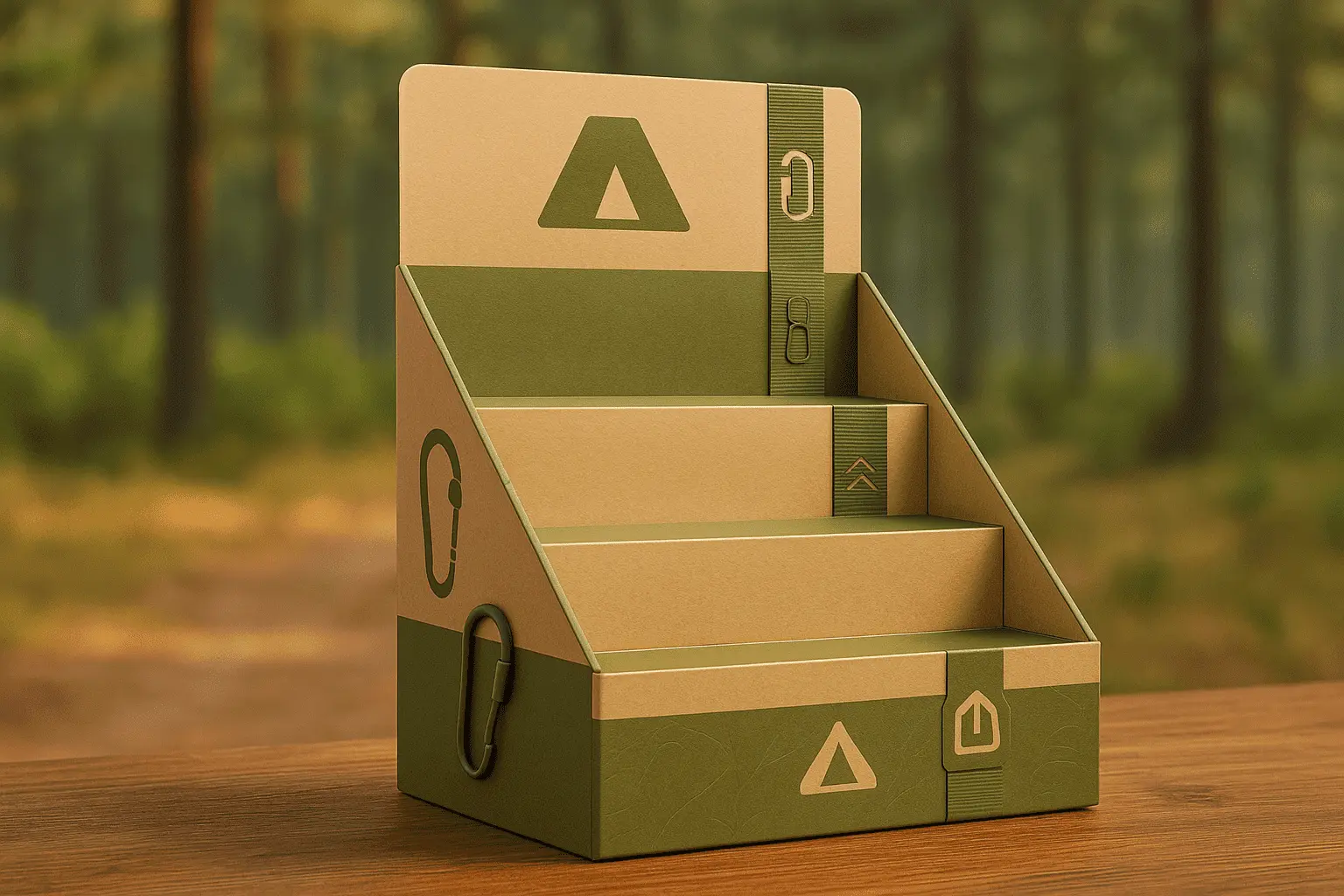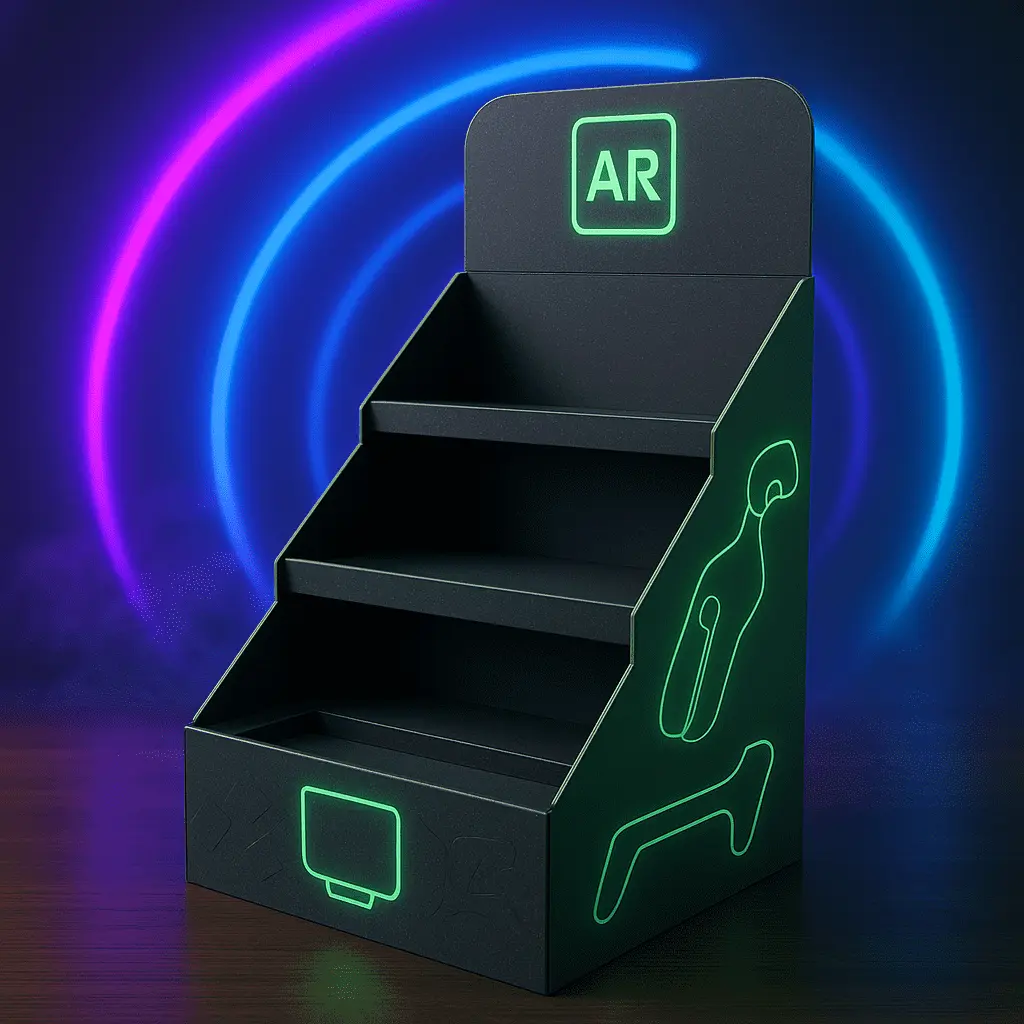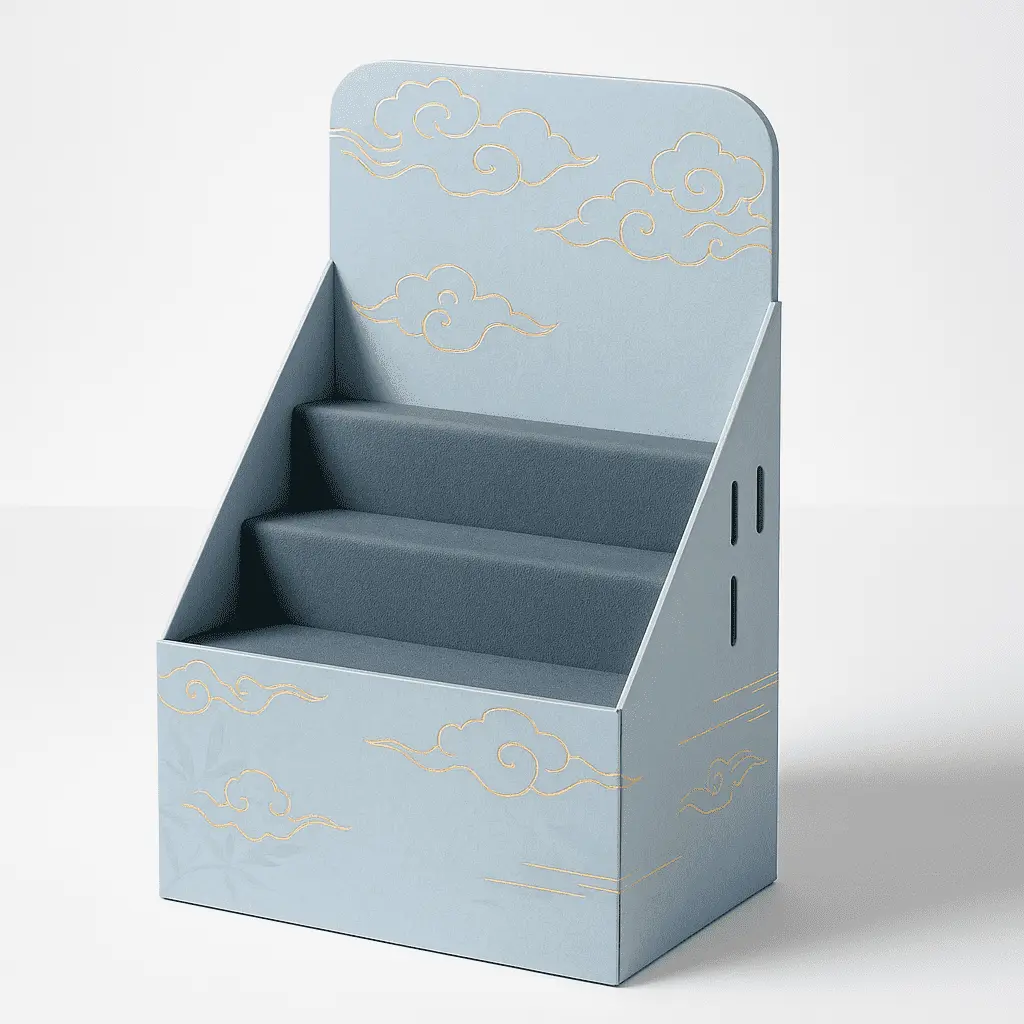Understanding the Components of PDQ Pallet Display Costs
Design and Engineering Expenses
The journey of creating a PDQ pallet display begins with design and engineering. This phase involves conceptualizing the display's structure, aesthetics, and functionality. Skilled designers and engineers work together to craft a display that not only showcases products effectively but also adheres to retail space requirements and safety standards. The cost here can vary widely, depending on the complexity of the design and the level of customization required. Some businesses may opt for pre-designed templates to reduce costs, while others invest in bespoke designs for a unique brand experience.
Material Selection and Quality Considerations
The choice of materials significantly influences both the cost and performance of a PDQ pallet display. Common materials include corrugated cardboard, plastic, wood, and metal, each with its own price point and benefits. Corrugated cardboard offers a cost-effective solution for short-term promotions, while more durable materials like plastic or metal may be preferred for longer-lasting displays. The quality of printing and finishes also adds to the overall cost but can greatly enhance the display's visual appeal and durability. Balancing material costs with the desired lifespan and aesthetic requirements is crucial for optimizing your investment.
Production and Manufacturing Costs
Once the design is finalized and materials are selected, the production phase begins. Manufacturing costs can fluctuate based on factors such as order volume, production complexity, and the manufacturer's location. Large-scale orders often benefit from economies of scale, reducing per-unit costs. However, intricate designs or special features may increase production expenses. Additionally, the choice between domestic and overseas manufacturing can impact both cost and lead times. While offshore production might offer lower prices, it's essential to consider potential shipping delays and quality control challenges.
Logistical Considerations and Hidden Expenses
Shipping and Transportation Costs
Transporting PDQ pallet displays from the manufacturer to retail locations is a significant cost factor often overlooked in initial budgeting. The size and weight of displays directly affect shipping expenses, with larger or heavier units costing more to transport. Geographic distance between production facilities and retail destinations also plays a role. Some businesses opt for flat-pack designs to reduce shipping volumes, but this may incur additional assembly costs at the destination. It's crucial to factor in these logistical expenses when calculating the total cost of your PDQ pallet display strategy.
Assembly and Installation Expenses
Upon arrival at retail locations, PDQ pallet displays often require assembly and installation. This process can range from simple set-up to more complex procedures requiring specialized skills. The associated costs may include labor for assembly, tools or equipment needed, and potential overtime if installations need to occur outside regular business hours. Some retailers may charge fees for allowing display installations or require the use of their own staff, adding to the overall expense. Efficient design and clear assembly instructions can help minimize these costs and ensure smooth deployment.
Maintenance and Replacement Considerations
The lifespan of a PDQ pallet display varies depending on its construction and the retail environment. Displays may need periodic maintenance, such as cleaning or minor repairs, to maintain their appearance and functionality. In high-traffic areas or for long-term promotions, replacement parts or entire display units might be necessary. These ongoing costs should be factored into the total investment. Opting for more durable materials or modular designs can help reduce long-term maintenance expenses, though it may increase initial costs. Balancing durability with cost-effectiveness is key to maximizing the display's value over time.
Evaluating ROI and Long-term Value
Sales Impact and Revenue Generation
While calculating costs is straightforward, assessing the revenue impact of PDQ pallet displays requires more nuanced analysis. These displays can significantly boost product visibility and impulse purchases, potentially leading to increased sales. However, quantifying this impact precisely can be challenging. Businesses should implement tracking mechanisms to measure sales before and after display implementation. Factors such as display location within the store, product pricing, and promotional timing all influence the sales performance. By analyzing these metrics, companies can better understand the true return on their display investment and make data-driven decisions for future campaigns.
Brand Awareness and Customer Engagement
Beyond immediate sales, PDQ pallet displays contribute to long-term brand building and customer engagement. A well-designed display can create memorable brand experiences, reinforcing brand identity and values. This increased brand awareness may lead to future sales and customer loyalty, benefits that are valuable but often difficult to quantify directly. Surveys and customer feedback can provide insights into the display's impact on brand perception. While these benefits may not appear on immediate balance sheets, they play a crucial role in the overall marketing strategy and should be considered when evaluating the full value of PDQ pallet displays.
Competitive Advantage in Retail Spaces
In crowded retail environments, standing out is crucial. PDQ pallet displays offer a competitive edge by creating eye-catching product presentations that can outshine competitors. This advantage can lead to preferential placement within stores, increased retailer cooperation, and potentially even exclusive promotional opportunities. While these benefits don't have a direct monetary value, they contribute significantly to a product's market position and long-term success. Businesses should consider how their display strategy compares to competitors and how it aligns with broader market positioning goals when assessing the true cost and value of their PDQ pallet display investments.
Conclusion
The real cost of a PDQ pallet display extends far beyond its initial price tag. From design and production to logistics and long-term impact, numerous factors contribute to the overall investment. By carefully considering each aspect – from material selection to potential sales uplift – businesses can make informed decisions that balance cost-effectiveness with marketing impact. While challenges in quantifying certain benefits exist, the potential for increased sales, enhanced brand awareness, and competitive advantage make PDQ pallet displays a valuable tool in the retail marketing arsenal. The key lies in strategic planning, quality execution, and ongoing performance analysis to ensure these displays deliver maximum value for your investment.
Contact Us
Ready to explore how custom PDQ pallet displays can elevate your product presentation and boost sales? Our team of experts at Guangzhou Huadu Fetching Color Printing and Packaging Co., Ltd. is here to help. We offer tailored solutions that balance cost-effectiveness with impactful design, ensuring your products stand out in any retail environment. Contact us today at support@fetchingprinting.com to discuss your specific needs and discover how we can bring your vision to life.





